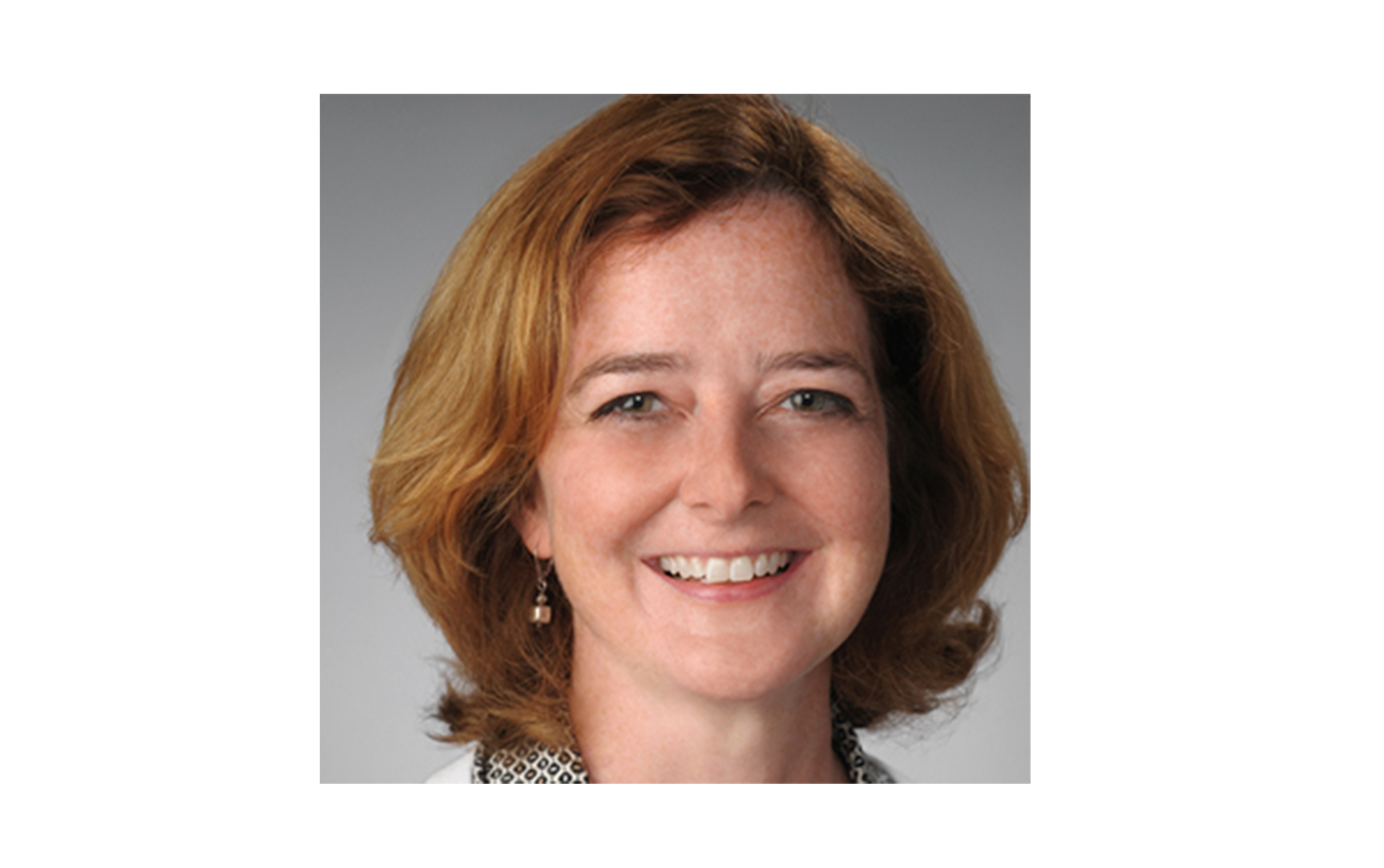
From time to time, the IJB profiles those we work with. Up next is Jodi Upton, an award-winning journalist who teaches data and digital journalism at the Syracuse University Newhouse School of Public Communications. She lead a team of 15 student reporters for Generation Distress.
What was it like for you working with such a broad group of journalists, academics and students from two countries?
It was fascinating for me and the students –– both the similarities and differences. On this side of the border, 2019 and 2020 were especially difficult years given the Trump administration, the election and then COVID. So we were surprised (though maybe we shouldn’t have been) that the need for mental health services for students was just as acute on the Canadian side. We had also assumed that public health care would mean students had better access to mental health services in Canada than in the U.S. But that didn’t really pan out either, suggesting no one has really figured out how to successfully treat “Generation Distress.” But understanding that the mental health crisis was pretty universal among college students was oddly a relief in its own way.
What do you see as the advantages — and challenges — of the collaborative approach to journalistic projects?
Certainly, this was a good topic for showing off those advantages. This series is based on a survey of unique data, which no one else could do without a huge budget or a lot of collaboration. Finding students across two countries who can talk to their peers about mental health is effectively a crowd-sourced story. That applies not just to the data, but also the story ideas we found along the way.
But it definitely takes one person acting as manager for the project to keep things moving. It’s exceptionally difficult to keep so many pieces together, especially among academics who have different teaching schedules and students with different deadlines. It also really helps if there is a dedicated publishing outlet, no matter what the platform might be; it’s extremely difficult to proceed if you don’t know who the audience will likely be. If I had to do it over again, I would have had a second manager and publishing outlet on the U.S. side to guide stories as well.
Some of the data gathered from the project has been adapted by you and your colleagues at Syracuse for an academic paper. Tell us about how this research moved from journalistic to academic publication.
As a data journalist, I’m familiar with creating or developing datasets that are part of a large project, but are effectively one-offs for a media outlet. But in academia, such datasets are the beginning of a research agenda for those who know how to dig deeper. So it seemed an obvious opportunity to work with a PhD student to see what else we could learn from the data. That’s how I started working with Hua Jing, an assistant professor at Syracuse University, and Rikki Sargent, a researcher at RIWI Corp., who study effective communication strategies around health initiatives –– they were both really excited about the publishing possibilities of such a unique cross-border data set. We’ve completed the various analyses for several papers and are doing some of the literature review, with hopes to publish early fall.
I learned some lessons here as well. As a journalist, I don’t often have to work with an academic review and ethics board. But once we opted to look at academic publishing, we no longer have the journalism exemption, which meant we needed retroactive approval for a “live subject” survey. In the initial survey, we were careful to train our students collecting survey data to make sure subjects knew they could opt out, stop at any time, etc. However, if we had checked with the ethics board in advance, we could have worded it more precisely so we could prove subjects understood those restrictions. As a result, we had to abandon parts of the qualitative survey unless we wanted to re-contact the subjects for verification (we didn’t). It would not have been much more work at the beginning to adjust our approach, but at the time we were focused on the news value of the stories, not academic publishing. Nevertheless, we still had plenty of data to work with.

What was it like reporting on a subject like youth mental health as an educator?
It certainly verified and quantified what I had been seeing for some time, which only got worse as the pandemic continued. Students are exhausted and stressed by the state of the world and the seeming indifference of some adults to the world they’re inheriting –– whether it’s issues of identity, economics, climate change or something else. Frankly, everyone is exhausted, but adults may have more coping mechanisms. On the positive side, though, I was gratified to see that a lot of students were able to access the mental health care they needed even if the stress still exists.
What are some of the lessons learned from your experience on Generation Distress?
In addition to the lessons mentioned above, I definitely learned these massive projects are really hard to do, but with the right topics and partners, you can do some very original and exceptional reporting. Having strong media partners, and potentially a budget (both story and financial) can really help keep things on track.
I also think looking at what works and what doesn’t in these multi-partner, news-academic partnerships is sorely needed. Throughout this project we were creating our own structure and just guessing at what would work. But in a meta kind of way, I would love to take a more empirical approach to what makes projects like this successful.